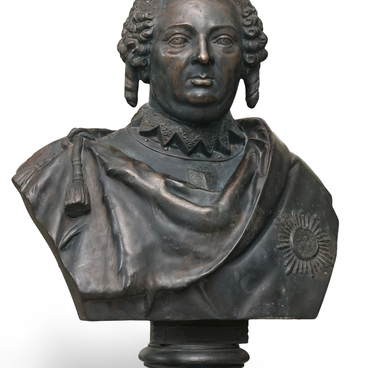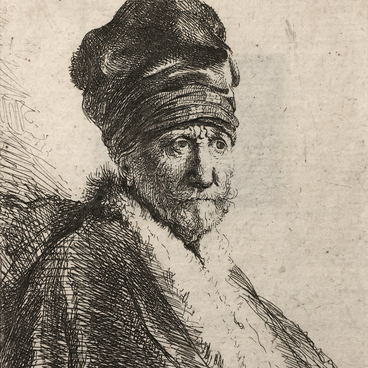In Greek mythology, the word “caryatid”, meaning “chestnut”, was used as an epithet for Artemis, the goddess of forests and hunting. According to beliefs, she was the daughter of Zeus and Leto. At the feast of this goddess, women with baskets of fruit on their heads performed the so-called Caryatid dance. Caryatid figures became popular in architecture during the Renaissance.
In 1568, the Prussian ruler Albert Brandenburg-Ansbach, Grand Master of the Teutonic Order and the first Duke of Prussia, who transformed the Order state into a secular duchy, died in Tapiau Castle. According to his will, Albert was buried in the cathedral of Königsberg. A magnificent tombstone was erected there, which was created by the masters of Antwerp in 1572.
The monument was designed by the famous architect Cornelis Floris de Vriendt (ca. 1514 — 1575). His style was influenced by the Italian Renaissance and Flemish traditions. The luxurious decoration of the tombstone consisted of an image of the Last Judgment, figures of biblical kings and angels, and coats of arms. The sarcophagus was crowned with a kneeling figure of the Duke himself, and supported by figures of Faith, Hope and Love made of white marble in the form of caryatids.
The image of Love was portrayed with its right hand raised and pressed to the left side of the chest. This is because back in the 13th century, St. Bonaventure conceptualized divine love as light or burning fire, the center of which was the human heart. Presumably, the sculptor appealed to this very concept. The caryatid is dressed in a long tunic with loosely hanging folds.
Despite the fact that during the Northern Renaissance, a period in the development of Northern European culture, it was not traditional to appeal to Classical Antiquity, Cornelis Floris de Vriendt turned specifically to an image from Greek mythology.


